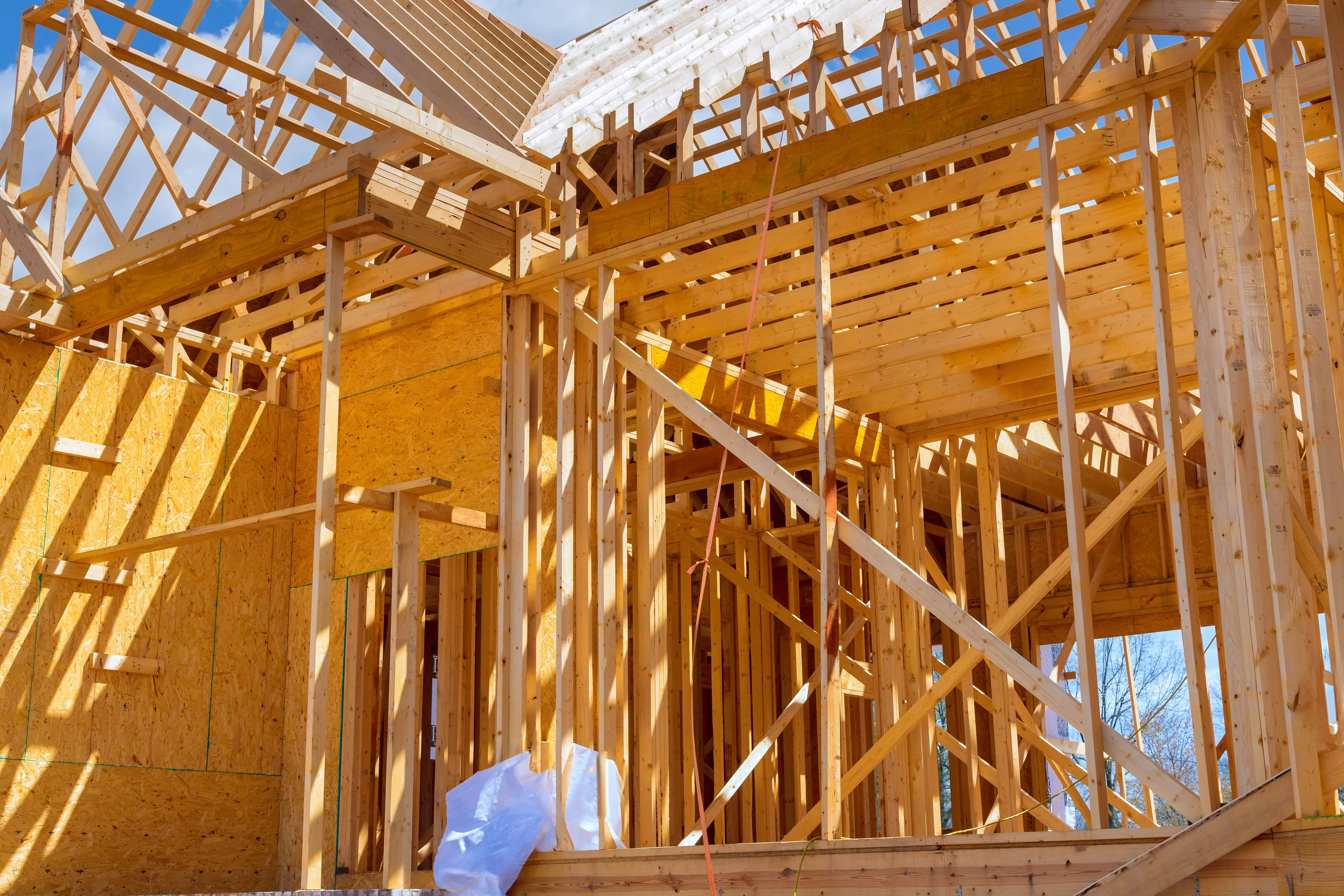
By Leia Larsen | The Salt Lake Tribune
Cities and towns in Utah may be overstating the water they need to support new development, according to a new legislative audit.
As municipalities grow, water providers use their existing water rights and supplies to support new homes and new customers. Once those supplies are tapped, however, utilities require builders to find additional resources to meet future demand.
But auditors found local governments often used inconsistent data and questionable assumptions when making the case for more water resources.
One city, for example, relied on state estimates for future water use, while another used estimates for its specific basin. Another based its estimates on local per capita use.
One municipality assumed it would someday lose its secondary, outdoor water supply when making projections about drinking water supplies.
Another assumed population growth more than 40% higher than state estimates.
Many of the cities and towns, auditors found, also did not account for improved conservation in their water projections.
The report further dinged an unclear state statute which it said could be the source of the problems.
A section of state code clarifies that “reasonable future water” requirements for public water suppliers is enough water to meet community needs in the next 40 years. That statute implies municipalities should make some plan, the auditors found, but it doesn’t provide guidance on how to make calculations.
It also does not appear to give the state engineer — the state’s top supervisor of water rights, measurement and distribution — any authority to mandate 40-year plans.
The auditors sent surveys to 200 municipalities around the state as part of their review and received 99 replies. Of those responses, 45% said they were requiring developers to provide supplemental water supplies.
Digging further, the auditors found established cities with large populations projected they had sufficient water supplies and didn’t require additional resources. Cities and towns with high rates of growth, however, were more likely to determine developers needed to find additional water to bolster the supply.
Tooele, Utah and Cache counties were the top three counties with municipalities requiring builders to find additional water to support their projects.
Of 15 cities requiring supplemental water that the auditors selected for further review, only four had a 40-year plans.
Auditors suggested three options to help lawmakers plug the holes.
First, they could pass legislation that allows the state engineer to require 40-year water plans.
Second, they could direct the state engineer to develop rules and standards so projections become more consistent.
And finally, they could call on cities to use already-required conservation plans to justify supplemental water from developers. This would likely mean giving state regulators more teeth to demand municipalities tighten up their conservation efforts, along with improved guidance on how to provide consistent data.
Department of Natural Resources Director Joel Ferry, who oversees the state engineer’s office and the Division of Water Resources, issued a letter supporting a combination of the first and second options.
The League of Cities and Towns, which lobbies on behalf of municipalities, issued its own letter agreeing local governments don’t have enough guidance to collect consistent water needs.
If provided more clarity on how to report data, the league wrote, further enforcement authority from the state engineer or other state regulators many not be warranted.
This article is published through the Utah News Collaborative, a partnership of news organizations in Utah that aims to inform readers across the state.
